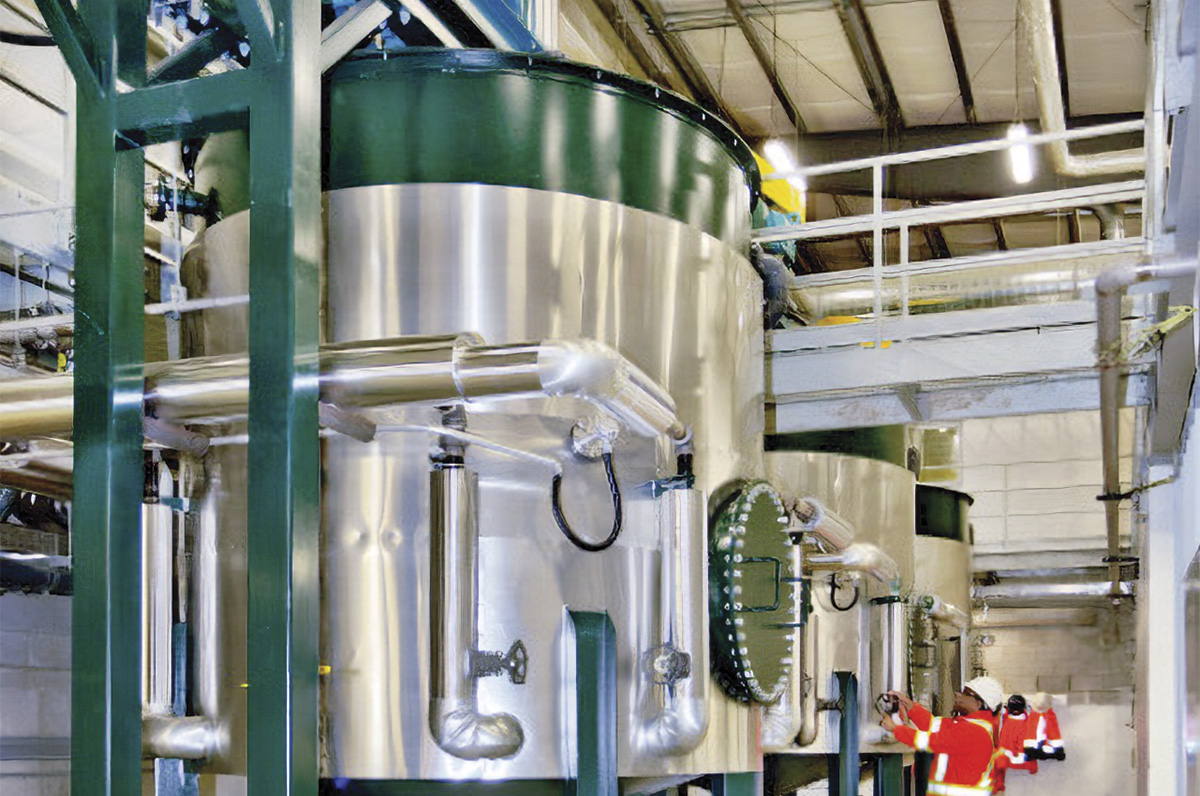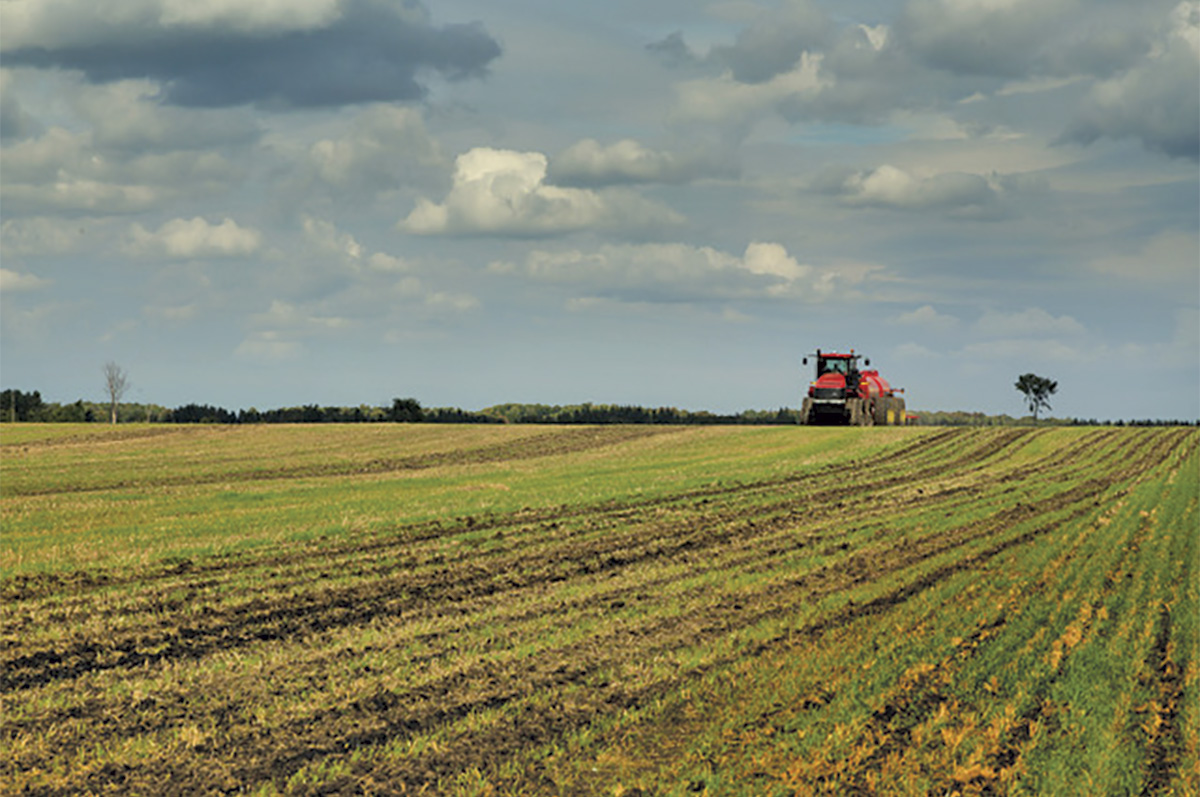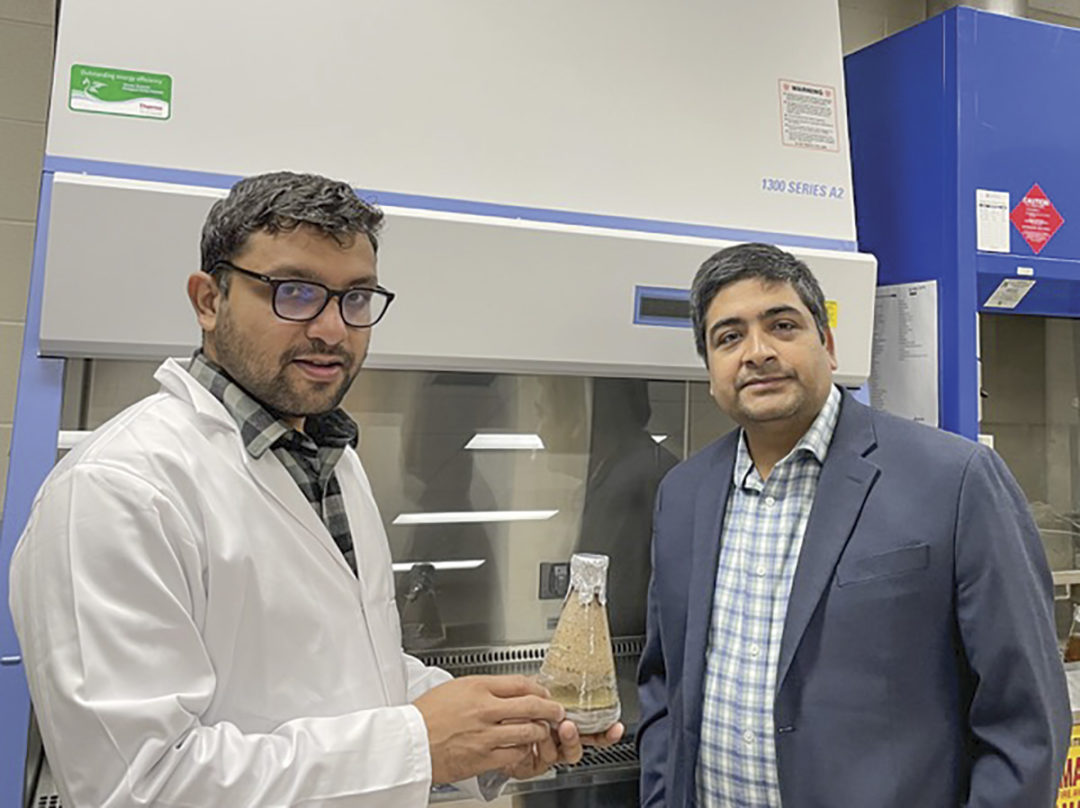In an era where many corporations and governments are promising to reduce emissions en route to net zero, new opportunities have emerged for agriculture to diversify into carbon markets.
Recently, the Canadian Biogas Association's Value of Biogas West Conference 2023, held in Calgary, Alberta in October, addressed some of the key developments in this area. It gathered corporate, academic and governmental forces to explore and discuss how growing demand for carbon credits is shaping new revenue streams. It also shed light on the ingenious ways byproducts, many of which are agricultural, are being repurposed to generate valuable assets in carbon markets.
One particularly relevant session during the conference was titled “The Good, The Bad & The Dirty – The Importance of Feedstock Pre-Treatment,” presented by experts of diverse backgrounds.
Following the panel, Progressive Dairy connected with two of the panelists to gain more insights on the key takeaways of their presentations. Here is what we learned about the promising opportunities on the horizon for Canadian dairies.
Unlocking the potential of agricultural biomass
In Canada, roughly 89 million tons of agricultural biomass is available for a variety of applications, including in the production of biogas.
Agricultural biomass is the crop residue left behind after harvest; common examples include barley, canola and wheat straw, along with flax and hemp fibre.
“Not much focus has been given to agricultural biomass because it has some challenges in biomethane production. However, if we apply certain processes to it, we will be able to use agricultural biomass for biomethane production,” said University of Saskatchewan professor Bishnu Acharya.
Recognizing the plentifulness of this resource, and motivated to overcome its inherent challenges, Acharya has dedicated recent research efforts enhancing biogas production efficiency from these sources.
The innate resistance of agricultural biomass to anaerobic digestion, owing to the presence of lignin, poses a significant obstacle to efficient biogas production. This complex nature of agricultural biomass structures prevents microbes from the breakdown of the biomass itself during anaerobic digestion.
Acharya’s research focuses on modifying these biomass sources to facilitate quicker access for microbes to the biomass and ultimately fuel biogas production. One technique he has explored is the use of steam explosion in canola straw to help facilitate anaerobic digestion.
“In steam explosion, what we're doing is we're exposing the biomass to a certain high pressure with the steam and then suddenly reducing the pressure,” he explained. “By that action, it breaks the structure of the biomass and allows the microbes to access the cellulose and hemicellulose component and convert them into biomethane.”
Currently, much of the agricultural biomass produced is handled as an afterthought, leaving value in the field.
“Right now, most of these biomass are chopped and then they're left in the field, but if farmers see there's a potential in this area, then it may be worth it to see how it can be baled or collected some other way,” Acharya said.
Furthermore, Acharya said given the progress in biogas production, there are numerous opportunities for farmers to expand into renewable natural gas (RNG) production and the carbon market. He encouraged farmers to think about how to implement these kinds of projects in their operations.
“Unlike municipal solid waste, there is a reliable supply of agricultural biomass,” he noted. “So we should plan to have more commercial systems that will integrate farmers and others involved in that supply chain.”
Harnessing thermal alkaline hydrolysis and passive digesters for enhanced biogas production
In a dairy context, there is growing interest in improving manure and nutrient management, and incorporating anaerobic digestion technology. As dairy producers delve deeper into these advancements, innovation continues to flourish, expanding the possibilities to diversify into biogas production.
Modernizations in the handling of municipal wastewater treatment biosolids have led to the development of more efficient processing of biosolids during anaerobic digestion, improving their degradability along the way and showing promise for future agricultural applications.
A noteworthy development in this area is the proprietary Thermal Alkaline Hydrolysis Process. This process involves vigorously mixing solid materials, heating them to pasteurization temperature and introducing an alkaline agent prior to anaerobic digestion, said Alex West, applications lead at Lystek International. The outcome is more degradable anaerobic digester input that has greater biogas production potential and a pathogen-free liquid fertilizer.

This progressive development in biogas production efficiency is a thermal alkaline hydrolysis reactor (pictured) which works by vigorous mixing, heating, and introducing an alkaline agent to create a more degradable anaerobic digestion input and a pathogen-free liquid fertilizer. Photo provided by Alex West.
“The combined action of those three inputs liquefies the material, kills all the pathogens and the alkaline agent – in the form of potassium hydroxide – adds some more nutrient value to the final liquid fertilizer, making it more appealing to farmers,” West said.
The resulting fertilizer is applied through subsurface injection using conventional application equipment, leaving no residual on the field surface. Because of this, it is cleaner than traditional methods of surface land applying dewatered or liquid digestate.
While this pre-treatment process is currently applied only to municipal biosolids and other non-agricultural inputs, there is ongoing research to assess the viability of processing livestock manure with this method to generate additional biogas via anaerobic digestion. West said discussions are underway with a handful of Ontario farms to explore how this technology might be deployed to benefit their operations.

Resulting from a unique feedstock pre-treatment process, the innovative liquid fertilizer discussed at the Value of Biogas West Conference provides a cleaner, cost-efficient alternative to many conventional options, without the need for specialty equipment. Photo provided by Alex West.
West acknowledged that anaerobic digestion, although a relatively straightforward process, can be challenging.
Consequently, he said, they are exploring the use of this technology to develop a more passive digester.
“It doesn't have quite the same operating demands as a conventional one that dairy farmers are maybe used to,” West explained. “This form of digester would be operated more akin to a liquid manure storage tank farmers are familiar with.”
However, West conceded, widespread adoption of this approach comes with hurdles; its implementation involves many stakeholders, often with conflicting value sets and priorities, making it tough to create a single universally applicable process. Nonetheless, he remained hopeful that ongoing research will prove the value and potential of passive digestion and pre-treatment of livestock manure.
“I think it will go a long way to building some confidence with the agricultural market that this is a real opportunity,” he noted.










